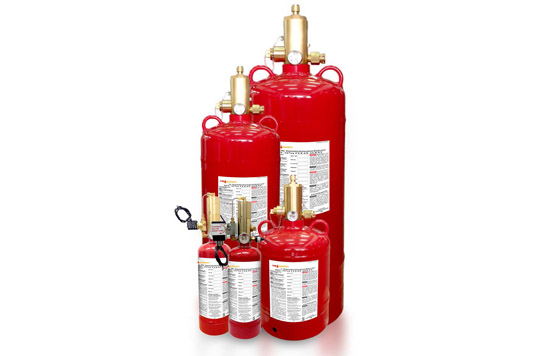FM-200 fire suppression systems are widely recognized for their efficiency, speed, and clean agent properties. These systems have several key components that effectively detect and suppress fires. In this article, we will explore the main components of an FM-200 fire suppression system and their roles in ensuring fire safety. See over here to get info about FM 200 suppression system.
FM-200 storage containers:
The FM-200 system uses storage containers, cylinders, or tanks, to hold the FM-200 agent. These containers are designed to withstand high pressures and are equipped with pressure relief devices for safety. The size and number of storage containers depending on the required volume of FM-200 to effectively suppress a fire based on the protected area and design concentration.
Distribution piping network:
The distribution piping network serves as a conduit for delivering the FM-200 agent from the storage containers to the protected area. The piping network is strategically designed to ensure proper distribution and coverage throughout the protected space. It includes valves, fittings, and connectors that allow for the controlled release of the FM-200 agent when activated.
Discharge nozzles:
Discharge nozzles are strategically placed throughout the protected area to disperse the FM-200 agent effectively. These nozzles are designed to provide a uniform distribution pattern to ensure that the entire area receives sufficient coverage for effective fire suppression. The number and placement of discharge nozzles depend on the size and layout of the protected space.
Control panel:
The control panel is the central component of the FM-200 system that monitors and controls the fire suppression process. It houses the control circuits, detection devices, and release mechanisms. The control panel receives signals from the fire detection system and activates the release of the FM-200 agent when a fire is detected. It also provides visual and audible alarms to alert occupants and the monitoring personnel.
Fire detection system:
The fire detection system is responsible for detecting the presence of a fire and initiating the suppression process. It comprises various fire detection devices such as smoke, heat, and flame detectors. These devices continuously monitor the protected area and send signals to the control panel when they detect the characteristic signs of a fire. This prompt detection allows for a rapid response to suppress the fire.



